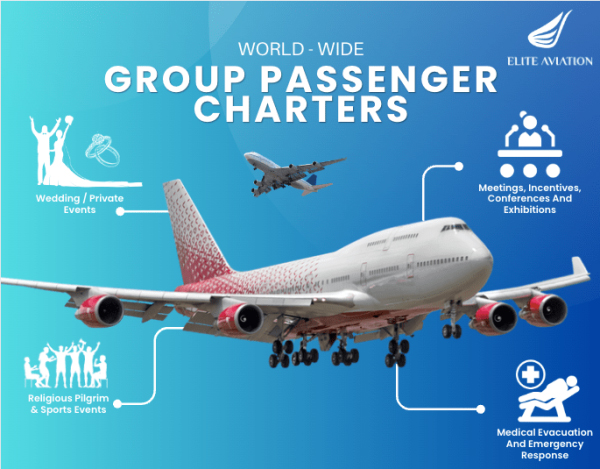Currently, the Mexican airline Interjet is grounded, facing an enormous debt of more than US$900 million, and without clarity on its future. Interjet seems to be facing the final days, after operating in Mexico since December 2005. Let’s do a quick recap of Interjet’s history.

How did Interjet appear?
The Alemán family founded Interjet in 2005. Miguel Alemán Velasco and Miguel Alemán Magnani are two prominent businessmen, son, and grandson of a former Mexican president.
In December 2005, the airline started operations. During those days, three very important Mexican carriers appeared. Volaris launched flights in March 2006 and Viva Aerobus in November 2006.
The low-cost trio faced a seemingly uphill battle in those years. The Mexican aviation industry had two heavy titans in Grupo Aeromexico and Mexicana de Aviacion. There were other smaller carriers like Aerocalifornia, but the market share was divided mostly among Aeromexico and Mexicana.
Moreover, these two airlines operated from Mexico City airport, grabbing all available slots. Therefore, Interjet and Volaris started running out of Toluca International Airport, a small hub, one hour and a half away from Mexico City. Viva Aerobus used Monterrey as its hub.
During its first year of operations, Interjet transported over 1.25 million passengers. It used a fleet of seven Airbus A320 that previously flew with Volare Airlines in Italy. Domestically, in just that year, it was the fourth most important carrier in Mexico, proving that it had a business model that could be effective.

The low-cost origins
Interjet launched operations as a low-cost operator. The airline disrupted the market, along with Viva Aerobus and Volaris. Consequently, the fares in the country dropped, and Mexicana even felt the pressure by launching its low-cost subsidiary, Mexicana Click.
Besides the known low-cost traits, Interjet offered a few unique ideas during its first years. For instance, it launched Club Interjet, as talked about by Airways Magazine back in 2013.
It took the airline three years to be profitable. By 2011, it was already the second-largest operator in the country, after Mexicana de Aviación ceased operations in August 2010.
In its origins, Interjet looked like JetBlue. Nevertheless, the Mexican airline started drifting from its low-cost principles, and it all may have started in 2011.

The Sukhoi debacle
In 2011, Interjet inked an order to acquire up to 30 Sukhoi Superjet SSJ100. The original order was for 15 Russian built planes, for a total cost of US$650 million. At the time, the deal was graded as a bargain for Interjet and a good move for Sukhoi, as it was entering a new market in the Americas.
Unfortunately, Interjet only ever received 22 Sukhoi planes. And they came with many issues. One of these issues was the lack of spares. The airline never got a reliable flux of maintenance spares and cannibalized some of its airplanes to keep the rest flying.
In the meantime, Interjet expanded its reach. It started operating flights in the US, Canada, and some countries in South America. By 2019, it connected over 80 destinations in ten American countries. It had a 50-50% distribution between domestic and international cities served.

Can we explain the financial trouble?
The Sukhoi fleet isn’t the only one responsible for Interjet’s troubles. According to the Mexican Government, Interjet stopped paying taxes in 2013, increasing a sum that now seems unpayable.
The airline offered incredibly low fares, but onboard, it drifted farther away from the low-cost theory, aiming to compete in comfort with Aeromexico. Many passengers nowadays grade Interjet’s service as the best among the top four Mexican airlines. But it came at a cost.
Since 2013, the airline was profitable only in 2013, 2015, and 2016, according to its financial results. Between 2017 and the first quarter of 2019, the airline had a total net loss of 4.16 billion pesos (over US$21 billion). It hasn’t publicly published its financial results ever since.
The COVID-19 pandemic seems to be the final nail in the coffin. Starting in 2020 Interjet was trying to shift the airline’s history. It was trying to get rid of its Sukhoi fleet, to focus on an all-based Airbus fleet, while pushing its US connectivity. It was too late.
In March, when the pandemic arrived in Mexico, the leasing companies started repossessing Interjet’s fleet. It went from having 66 Airbus aircraft to zero in months. The airline had to bring back the Sukhoi and operate a reduced route map. Eventually, the money ran up, and Interjet couldn’t afford to pay for fuel.
Interjet stopped flying on December 11, 2020. Officially, it hasn’t ceased operations. But, the airline faces a massive strike from its more than 5,000 workers. Additionally, the Mexican Government has stated that it won’t rescue the airline.
Did you ever travel with Interjet? How was it? Let us know in the comments.
[ad_2]
Source link


